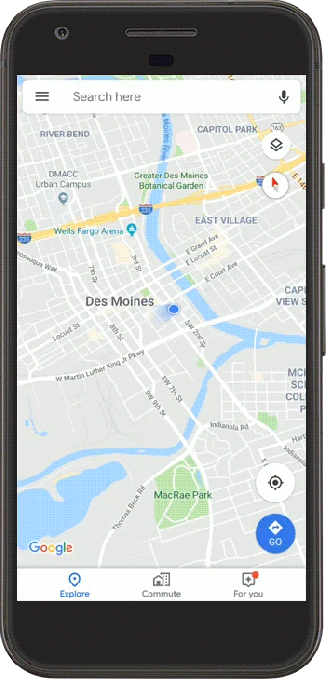Those locations include a network of hospitals, pharmacies and government buildings where people can drop off medication they might have left over from a surgical procedure so that it doesn’t fall into idle hands. As the company noted in its announcement, more than half of all prescription drug abuse cases begin with medication that people find through friends and family.

Google worked with Walgreens and CVS as well as the U.S. Drug Enforcement Administration and the U.S. Department of Health and Human Services on the new tool as part of a broader examination of what role tech can play in stemming the opioid epidemic. The idea grew out of an HHS hackathon to develop “data-driven solutions” to stem the flow of opiate abuse and dependence in the U.S. The pilot also coordinated with seven state governments to pool data on disposal sites.
The new pilot expands on a previous initiative between Google and the DEA that encouraged people to get rid of their leftover prescription drugs on two designated days a year rather than letting them linger in the medicine cabinet. Popularizing drug disposal and making it easy is just one piece of the puzzle when it comes to the opiate crisis, but it’s a significant one as tech figures out what role it can play to address one of the most devastating public health crises in the U.S. today.
 info@businessghana.com
info@businessghana.com














